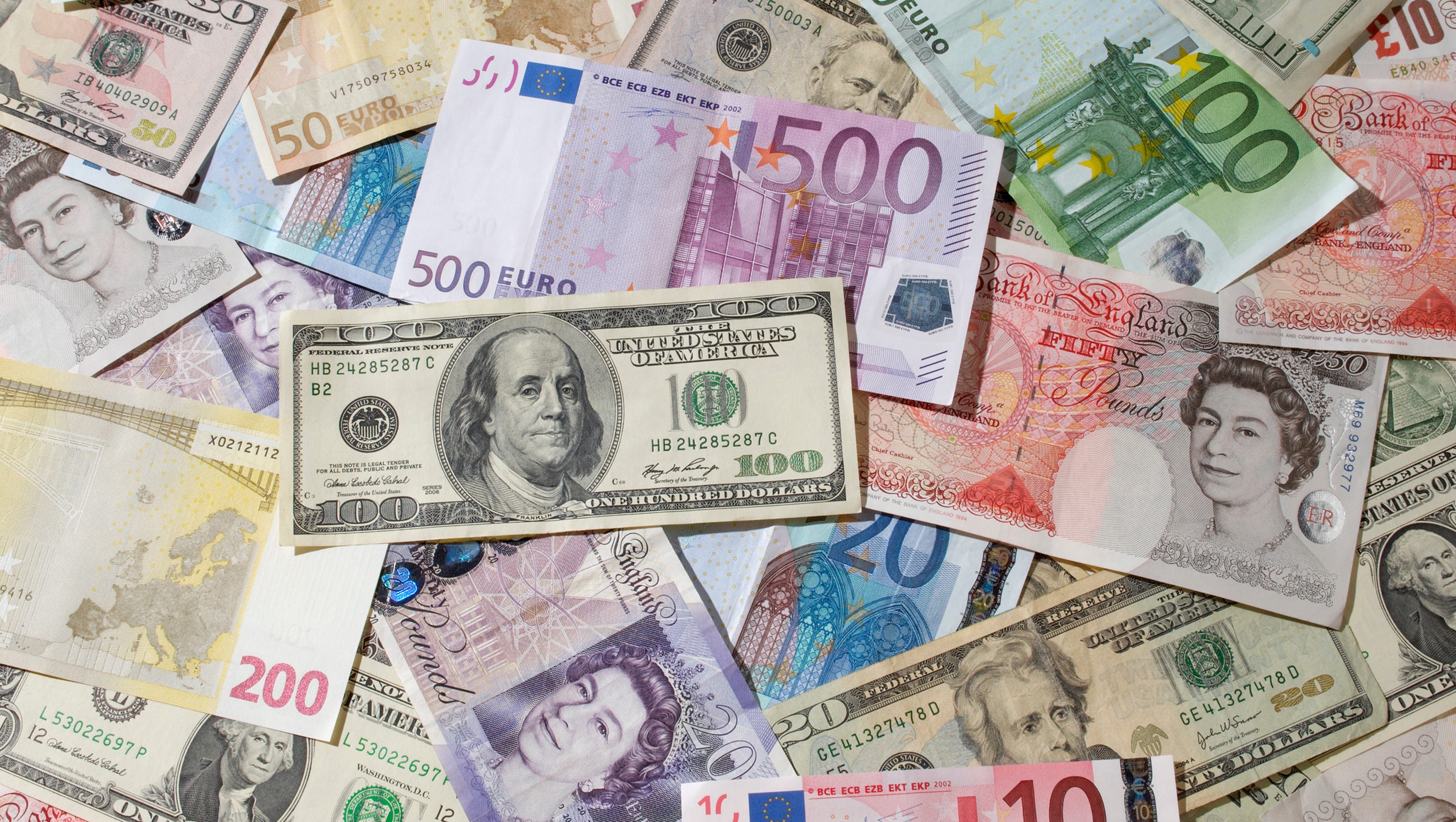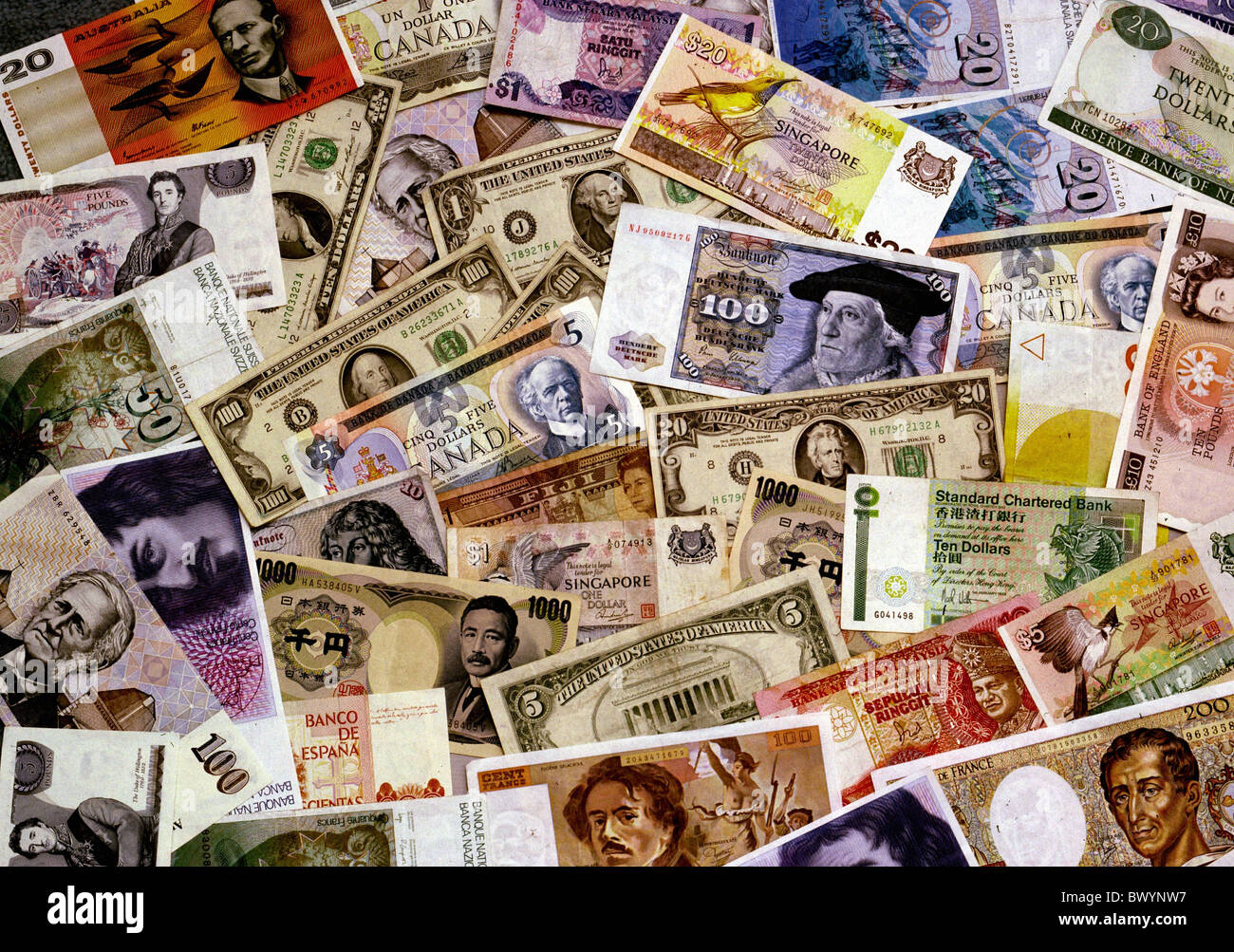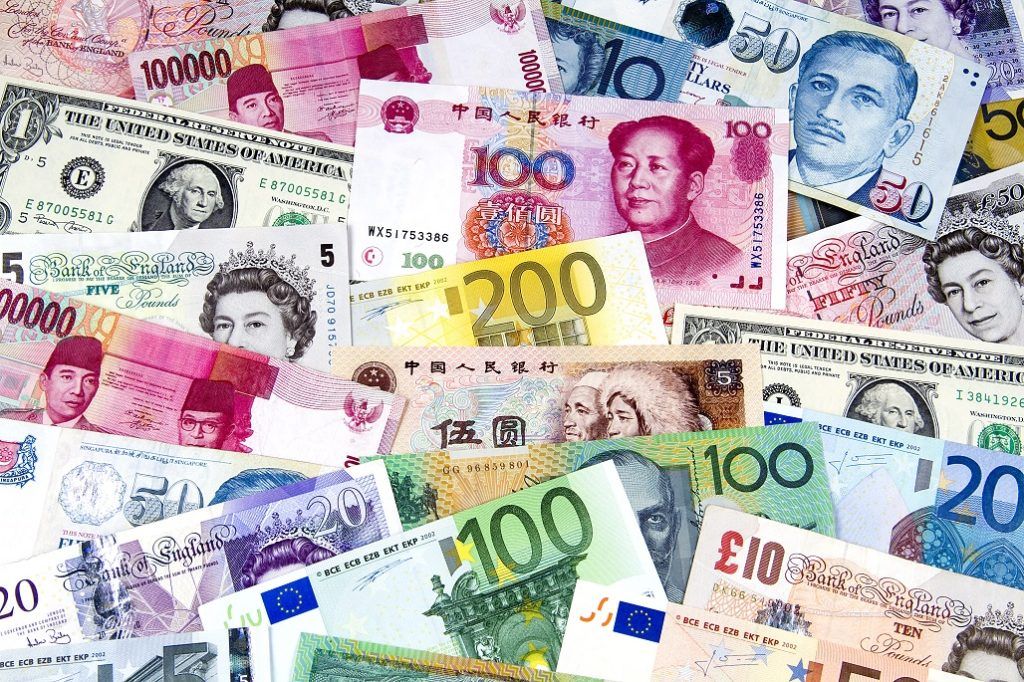Unraveling The Iranian Rial: Iran's Enduring Currency Unit
The economic landscape of any nation is intricately tied to its monetary system, and for Iran, the heart of this system is the Iranian rial. More than just a medium of exchange, this currency unit of Iran tells a story of resilience, historical shifts, and the daily lives of millions. Understanding the Iranian rial is key to grasping the nuances of Iran's economy, its interactions with global markets, and the unique way its people navigate their financial world.
From its ancient roots as a coin to its modern-day role as the official legal tender, the Iranian rial has undergone significant transformations. This article delves deep into the fascinating journey of Iran's currency, exploring its origins, evolution, official characteristics, and its peculiar relationship with the commonly used 'Toman'. We'll also examine its global standing and the institutions that govern its issuance, providing a comprehensive guide to this often-misunderstood monetary unit.
Table of Contents
- The Iranian Rial: An Introduction to Iran's Currency Unit
- The Historical Journey of the Iranian Rial
- Official Identity and Characteristics of the Iranian Rial
- The Central Bank and Currency Issuance
- Denominations: Coins and Banknotes of the Iranian Rial
- The Rial and Toman: A Dual Currency Reality
- The Iranian Rial in the Global Economy
- Understanding Exchange Rates and Economic Challenges
The Iranian Rial: An Introduction to Iran's Currency Unit
The Iranian rial, officially designated by the ISO 4217 code IRR, serves as the sole official currency unit of Iran. While its formal symbol, ﷼, exists, it's rarely seen in common usage. Instead, you'll often encounter "Rl" or "Rls" in Latin script, or simply "IR." This monetary unit is central to all financial transactions within the Islamic Republic of Iran, from daily purchases to large-scale international trade. Understanding the Iranian rial is not just about knowing its name; it's about appreciating its complex history, its unique relationship with an unofficial superunit, and its position in the intricate web of global currencies. The rial is a testament to Iran's economic sovereignty and its enduring cultural practices that influence even its financial lexicon. It stands as a critical component for anyone seeking to understand the nation's economic framework.
The Historical Journey of the Iranian Rial
The history of the Iranian rial is a fascinating narrative of continuity and change, reflecting the broader socio-political transformations of the nation. Its journey spans centuries, marked by periods of prominence, temporary replacement, and eventual re-establishment as the official currency unit of Iran.
Birth of the Rial: 1798
The first recorded appearance of the Iranian rial as a widely used currency dates back to 1798. It was introduced as a coin by Agha Mohammad Khan, the astute founder of the Qajar dynasty and its first king. This initial iteration of the rial held significant value, with each coin being worth 1250 dinars. The dinar itself was a unit of currency that enjoyed widespread use across the Middle East and North Africa, underscoring the regional economic connections of the time. This early rial also had a specific relationship with the toman, a superunit of currency that existed even then: 1 rial was worth 1/10th of a toman. This foundational period established the rial as a key component of Persia's (as Iran was then known) monetary system, laying the groundwork for its future significance and marking its initial role as a crucial currency unit of Iran.
The Era of the Qiran (1825-1932)
Despite its initial introduction, the rial's reign was not uninterrupted. In 1825, a new currency, the qiran, replaced the rial as the official monetary unit. This transition occurred at an exchange rate of 1 qiran equal to 10 rials. Interestingly, the qiran also maintained the same relationship with the toman as the rial did previously: it was also worth 1/10th of a toman. This period saw the qiran become the dominant currency for over a century, shaping economic life in Persia. The disappearance of the rial from official circulation during this time highlights the dynamic nature of national currencies, often subject to political and economic reforms. It shows how even a well-established currency unit can be superseded by new denominations.
The Rial's Official Return: 1932
A little over a century after its replacement, the nation of Iran made a decisive move to reinstate the rial as its official currency. This significant event occurred in 1932, marking a full circle for the monetary unit. The return was facilitated by a straightforward 1:1 exchange rate of qirans for rials, ensuring a smooth transition back to the original name. This re-establishment solidified the Iranian rial's place as the enduring symbol of Iran's monetary sovereignty, a status it has maintained ever since. From this point forward, the rial would navigate a new era of economic challenges and developments, constantly adapting to the nation's evolving needs and reinforcing its identity as the definitive currency unit of Iran.
Official Identity and Characteristics of the Iranian Rial
Beyond its historical narrative, the Iranian rial possesses specific official characteristics that define its identity in the global financial system. Its ISO 4217 code is IRR, a standard designation used worldwide to uniquely identify currencies. The numeric code associated with it is 364. While a formal symbol (﷼) exists, its practical use is rare, with "Rl," "Rls," or "IR" being more commonly encountered in Latin script for abbreviation. This official identity ensures that the Iranian rial can be recognized and traded against other currencies globally, forming the basis for exchange rates. The central bank of the Islamic Republic of Iran holds the exclusive authority to issue both banknotes and coins, reinforcing the official status and control over this crucial currency unit of Iran.
The Central Bank and Currency Issuance
At the heart of the Iranian monetary system lies the Central Bank of the Islamic Republic of Iran. This institution is vested with the exclusive authority to issue all banknotes and coins within the country. This sole prerogative ensures a centralized and controlled approach to monetary policy, vital for managing inflation, maintaining economic stability, and regulating the money supply. The Central Bank's role extends beyond mere issuance; it is responsible for setting interest rates, managing foreign exchange reserves, and overseeing the banking sector. Its decisions directly impact the value and availability of the Iranian rial, making it a critical player in the nation's economic health. The meticulous control over the production and distribution of the Iranian rial underscores the government's commitment to maintaining order and trust in its financial system, safeguarding the integrity of Iran's currency unit.
Denominations: Coins and Banknotes of the Iranian Rial
The Iranian rial circulates in various denominations, designed to facilitate transactions of all sizes. These physical forms of the currency unit of Iran are issued as both coins and banknotes, each serving different practical purposes in daily commerce.
- **Coins:** Coins are issued in smaller denominations, typically ranging from 5 to 500 rials. These are primarily used for small change, minor purchases, and often for charitable donations. Their metallic composition ensures durability for frequent handling, making them practical for everyday, low-value transactions.
- **Banknotes:** Banknotes, on the other hand, cover higher values, starting from 100 rials and extending up to 20,000 rials. These are the primary medium for most daily transactions, larger purchases, and salary payments. The design of Iranian banknotes often features significant national figures, historical sites, and symbols, reflecting the country's rich cultural heritage and political identity. The denominations are carefully chosen to balance convenience for users with the need to manage the overall money supply effectively, ensuring that the Iranian rial serves its purpose efficiently across all economic activities.
The Rial and Toman: A Dual Currency Reality
Perhaps one of the most distinctive and often confusing aspects of Iran's monetary system is the coexistence of the official Iranian rial with the unofficial, yet widely used, 'toman'. While the rial is the legal tender, Iranians commonly express amounts of money and prices of goods in tomans. This creates a unique dual-currency reality that can be perplexing to outsiders but is second nature to locals.
The relationship is simple: 1 toman is equivalent to 10 rials. This conversion factor is deeply ingrained in daily life. For instance, if a shopkeeper quotes a price of "50 tomans," they mean 500 rials. This practice stems from historical usage; the toman was itself a currency unit that preceded the rial's reintroduction in 1932. Even when the rial replaced the toman at a rate of 1 toman = 10 rials (meaning 1 rial = 1 kran, a subunit of the toman), the cultural habit of using 'toman' for larger sums persisted
Article Recommendations



Detail Author:
- Name : Shyanne Auer
- Username : terrill33
- Email : labadie.maryjane@gmail.com
- Birthdate : 1985-04-18
- Address : 165 Amparo Freeway Suite 405 Lake Leanne, SC 69673-5211
- Phone : (469) 775-4769
- Company : Gerhold-Kuhic
- Job : Mixing and Blending Machine Operator
- Bio : Voluptatum dolores enim facilis id veniam. Accusamus officiis ex sunt magni. Porro corrupti ipsam nostrum iure aspernatur rerum.
Socials
instagram:
- url : https://instagram.com/sheldon8008
- username : sheldon8008
- bio : Numquam omnis quas impedit a. Provident ut dolor officia. Sed perspiciatis omnis et velit.
- followers : 3975
- following : 2338
facebook:
- url : https://facebook.com/sheldon.schumm
- username : sheldon.schumm
- bio : Voluptatem sunt id alias soluta.
- followers : 5119
- following : 198
tiktok:
- url : https://tiktok.com/@sheldonschumm
- username : sheldonschumm
- bio : Sint sed dolorem omnis et magni. Assumenda ea dolorem est eligendi quo.
- followers : 6711
- following : 1539